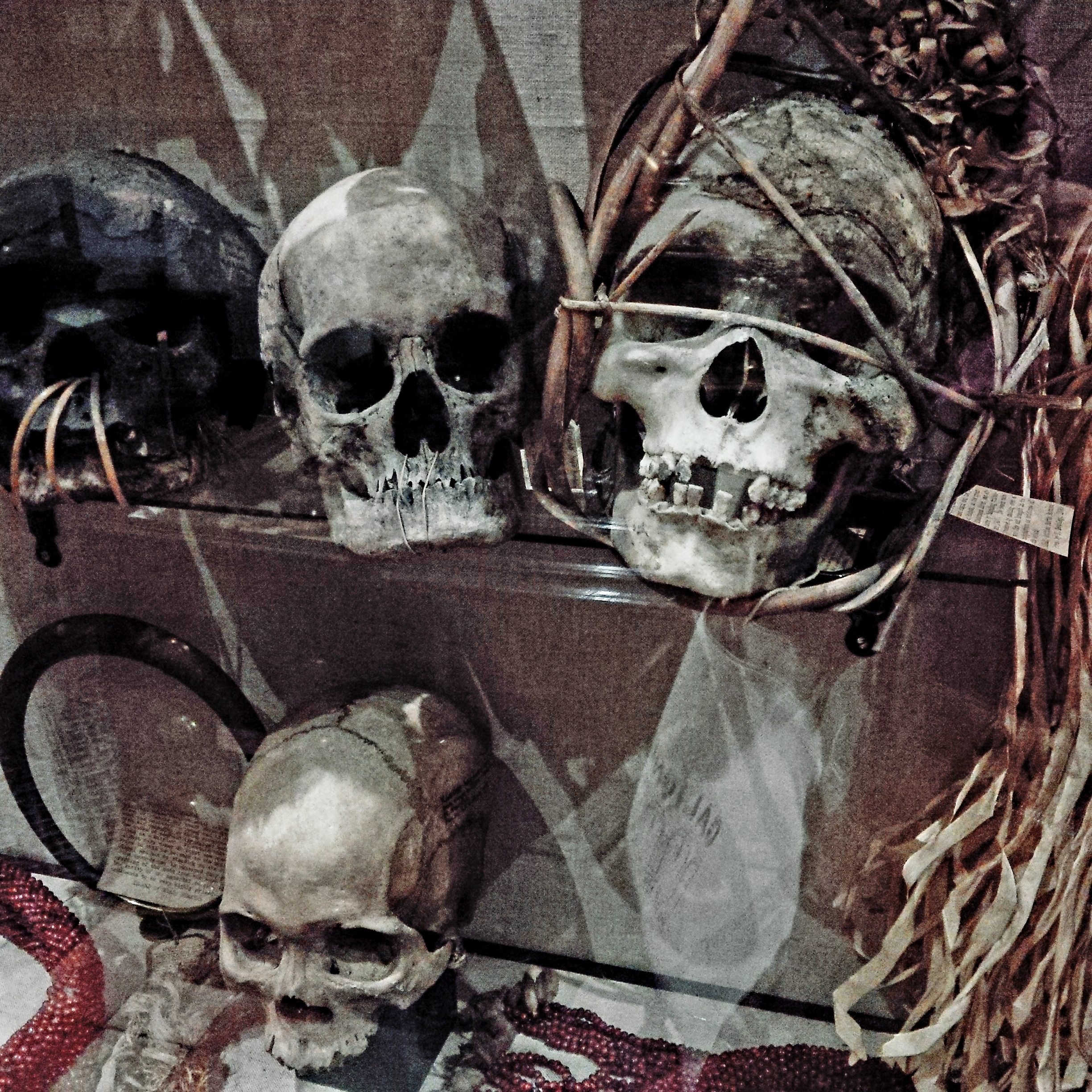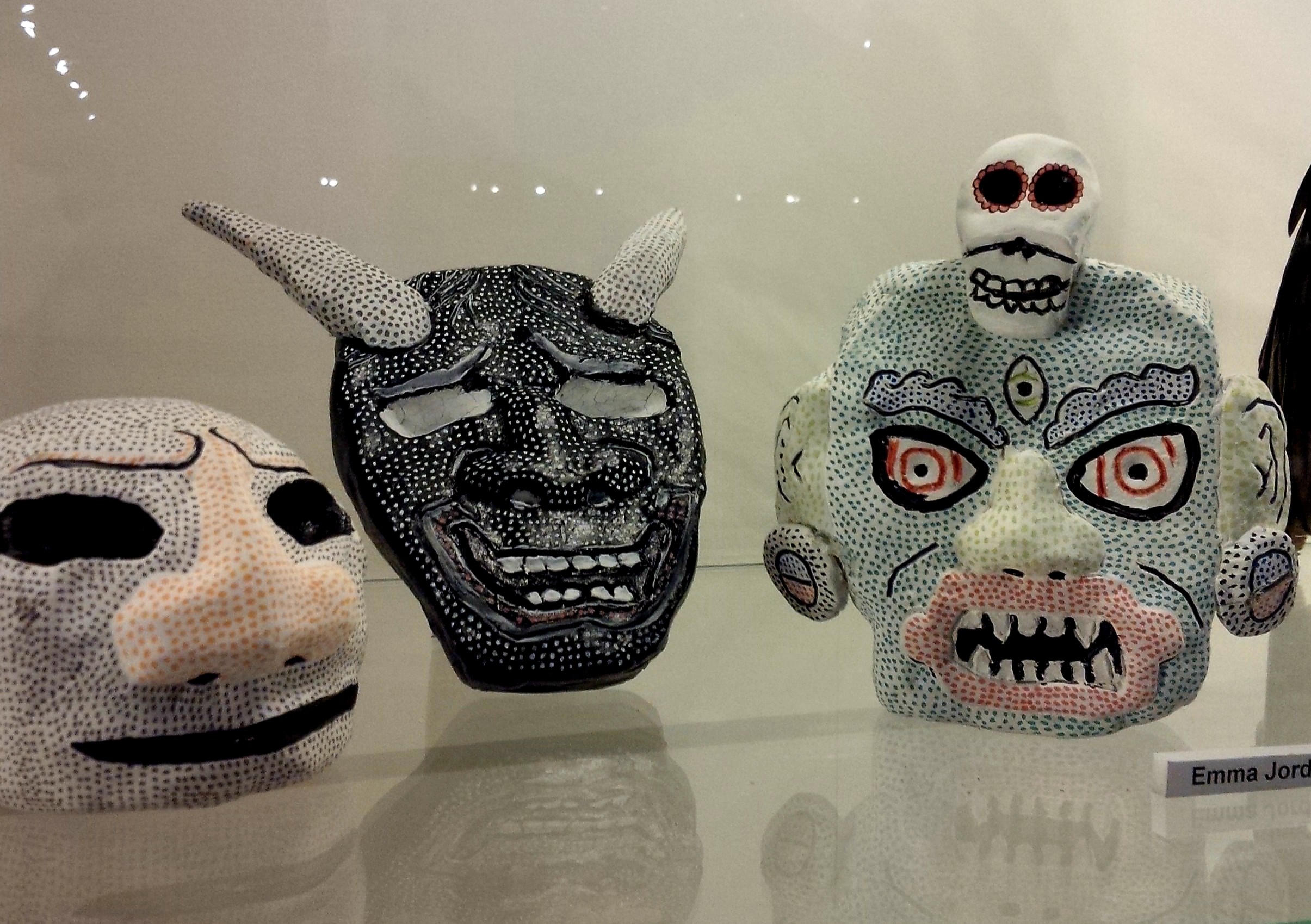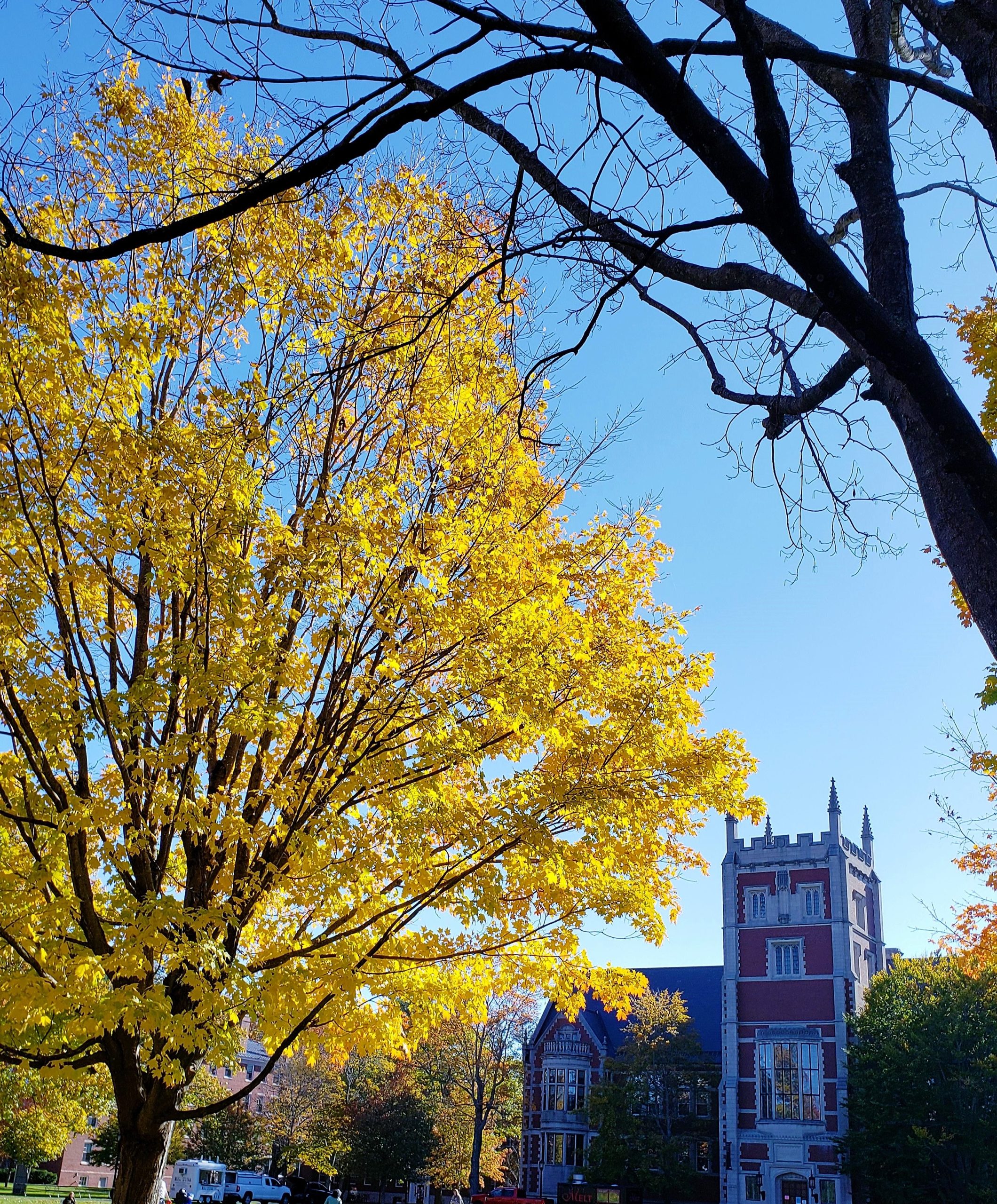Jane Austen and Zombies

It is a truth universally acknowledged that a single man who does not possess a pulse may still attract a wife. Don’t look now, but the life of the book club is the undead (not that there’s anything wrong with that). Amazon has a separate category for “Bestsellers in Vampires.” Forget the many Twilight wannabes, not to mention Twilight itself, readers with a literary bent and subscribers to streaming can rejoice that Elizabeth Bennet is being resuscitated in the realm of Pride and Prejudice and Zombies.
Even books from the nineteenth century are being exhumed to satisfy the current craving. Bram Stoker’s Dracula has benefited from the revitalization of vampires, for it is one of the top 20 free ebooks downloaded to the Kindle. Stoker’s character was inspired by a nightmare caused by overindulgence in crabmeat at dinner. However, the statement “I had a dream that night that was the beginning of a very strange agony” was not written by Bram Stoker. They appear in Sheridan le Fanu’s Carmilla, which predates Stoker’s. I read it a long time ago and the story gave me nightmares even without overindulging in crabmeat at dinner. Carmilla is a beautiful young girl with nocturnal habits who stalks her victims as a fiendish feline creature. Spoiler alert: watch out for an equally heinous anagram that is a key to the mystery.

Bluestocking Alexia Tarabotti is Soulless and consorts with werewolves and vampires and zombie porcupines in nineteenth-century London. What is worse (according to her peers), she is also half-Italian. Part of Gail Carriger’s Parasol Protectorate, the book is described as a “comedy of manners,” but don’t let that deter you from acquiring—at least the first book. Elizabeth Kostova’s The Historian is compelling and erudite, and well worth reading, despite the absurd ending that would satisfy nobody except John Dewey.

American Gothic: On the other side of time and the ocean, the current incarnation of the genre exhibits a skittering variance. Six feet below average molders such entrants as Deadworld. Bite Me by Parker Blue should not be confused with Bite Me! by Melissa Francis, or Bite me by Christopher Moore. The Bloodsucking Fiends Series offers terse dialogue along the lines of “You killed me. You suck!” (Book 2). It provides a reminder that an inept parody is far more putrid than the works (however terrible) it is attempting to skewer. Vampires go to school in Vampire Academy (in Montana, of all places) and they feature in schoolgirlish romantic fantasies (Vampire Diaries). Even the undead have to work for a living, and J. R. Rain’s Vampire for Hire series focuses on Samantha Moon, a mother and former federal agent who was transformed into a vampire and now does private investigating. I am uncertain whether undead income is taxable, but would expect so – some consider the IRS as a synonym for bloodsucking fiend.

There is a reason why Stephen King (Salem’s Lot) lives in darkly forested, ice-racked Maine. No doubt there is also a good reason why vampires are clustered in the American South, but please don’t text me about it. In any event, Charlaine Harris makes Bon Temps, Louisiana, seem a plausible location in her assured, amusing and quirky series. Sookie Stackhouse is a hardworking waitress in a small southern town where affirmative action laws protect the demonic minority. She maintains romantic relationships with a number of supernatural beings (not all at once). Oh yes, Sookie also reads minds and solves crimes, although the former is less of an aid than you might think in the latter. Be warned, however, that the economic law of diminishing marginal satisfaction holds even in the case of immortals, and do not purchase the eight-book boxed set.
Despite the itemized exceptions, this genre is bloody awful. The reader begins to empathize with Buffy and the casual insouciance with which she stakes a vampire and then cheerfully returns to her dorm in UC Sunnydale.

The Underworld is a Foreign Country
The Underworld, I would imagine, is not as hot and humid as Mississippi; instead, it likely features piercing icy winds, rocky outcrops trapped in a frozen sea, and sunless dark days that prompt claustrophobia and caffeine addiction. So it is fitting that the finest writer in this genre is from Sweden. John Ajvide Lindqvist’s Let the Right One In is a bleak and horrifying tale, where the desolation is not derived from the corpses and gore (although there are corpses and gore in abundance). Rather, the story resonates because of the complex, at times poignant, at times deeply disturbing, relationships between the characters. American boosters of foreign fiction feel compelled to arm themselves with sharpened exclamation points, and to make comparisons with local authors (“the Swedish Anne Rice!”). But, au fin, there is nothing comparable to this book.

Part of the appeal and efficacy of Western horror tales is due to the unexpected shift from familiar to terrifying. Asian versions are more unsettling because often the shift is from the alien to the more alienating. Along with common-garden gwishin ghosts and dire demonic entities, Korea drama and folklore boasts unique supernatural beings like gumihos (nine-tailed foxes), and goblin-like dokkaebi. Asian entries make you fully appreciate the shuddering horror of viewing/listening to a sloppy eater slurping up a bowl of noodles. Ghoulish characters are not limited to the present, as Rampant, Kingdom and other dynastic period-pieces prove. I personally disapprove of Zombie School because the teachers are zombies and the heroes are delinquent children. The most highly-rated K-zombie epics, such as The Wailing, Seoul Station, and Peninsula, can be ranked among the best movies of any genres because the depth of analysis and characterization make films about the living pale in comparison. (Horrors!!! Train to Busan is not available to stream in my location!!!)
The gamer in #Alive shelters in place in his apartment to evade the epidemic of ravaging zombies in the streets of Seoul, an experience with which so many viewers empathized that it became one of the most-streamed movies in dozens of countries. The Neighbour Zombie covers an outbreak of a virulent infection that spirals into a global pandemic, in response to which the government declares martial law and imposes a national quarantine. Replace “zombie virus” with “covid-19,” and these panic-inducing epics are immediately transformed into documentaries of the pandemic.
Zombie Economists
 And to conclude with the truly dismal, enter the economist’s take on life beyond the margin. I once received an email inviting me to contribute a chapter to an edited volume on the “Economics of Zombies.” At first, I thought this was a feeble phishing attempt, since (at that time) I had no research or practical expertise in this arcane area. However, the sender of the invitation was not a phantom but an actual professor planning a book about (one imagines) bloodsucking capitalists and braindead CEOs. No doubt, my correspondent was inspired by such niche publications as Economics of the Undead, which usefully encompasses the study of both zombies and vampires. The notion was not entirely unappealing but I declined the offer, and was relieved that I still managed to get tenure without this groundbreaking publication in my portfolio.
And to conclude with the truly dismal, enter the economist’s take on life beyond the margin. I once received an email inviting me to contribute a chapter to an edited volume on the “Economics of Zombies.” At first, I thought this was a feeble phishing attempt, since (at that time) I had no research or practical expertise in this arcane area. However, the sender of the invitation was not a phantom but an actual professor planning a book about (one imagines) bloodsucking capitalists and braindead CEOs. No doubt, my correspondent was inspired by such niche publications as Economics of the Undead, which usefully encompasses the study of both zombies and vampires. The notion was not entirely unappealing but I declined the offer, and was relieved that I still managed to get tenure without this groundbreaking publication in my portfolio.
The field has grown since then, to the extent that it even warrants a posthumous survey article on “Emerging Infectious Literatures and the Zombie Condition.” For conservative economists, the most stultifying title on this entire list, Arguing with Zombies by Paul Krugman, presents a threat to brain cells that is as virulent as the most indiscriminately voracious of the undead. And now, Dear Reader, I must leave off this crypt-ic post, and consider what to pack for the coming Apocalypse. As should you.
